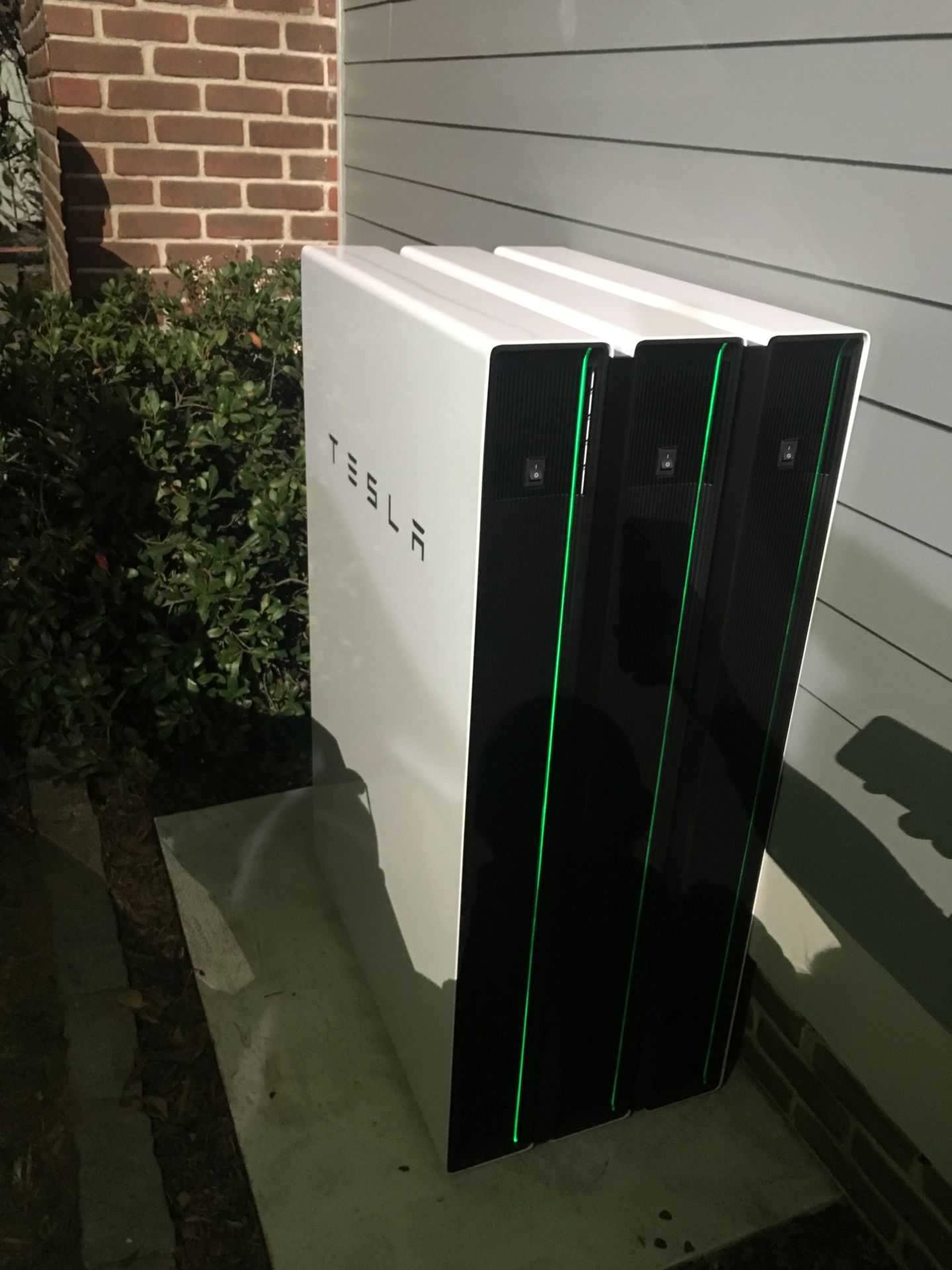Good point. Regardless, I'm blown away that a ~4,000 square foot house only uses 150 kWh of electricity a month. The average refrigerator uses 29 kWh.
I guess maybe he doesn't have a forced air system of any kind? (presumably the air handler consumes a lot of power, regardless of whether the AC unit is running). Really need more details.
Anyway, this thread has been an eye opener for me. I'll never get to 150 kWh /month but I'm sure we can do a lot better.
I'd like more details on the 150 kwh/mo house. Maybe the climate is favorable; maybe there are very few items in the house that use electricity. Here in the southeast US, with punishing heat in summer and still cold winters, I would be very excited if I could get my average usage down to
1,500 kwh/mo.
I know how this can be done, at least in the vicinity of Mobile, AL, because a friend of mine did it... but he was starting from scratch (nothing but a vacant lot there to begin with). The house has foot-thick walls with urethane foam inside, same for the attic (something like R-30 insulation); geothermal is used for cooling (i.e., no compressor); due to location, heating is almost never required. Windows are triple-glazed. All lights are controlled to go off automatically when nobody is in the room. The family rations its use of TV and other appliances. Computers are laptops that turn off automatically after 2 minutes of non-use. Everyone in the family is trained and committed. That wouldn't work at my house, my wife doesn't realize that any appliance or light has an off switch. And believes that one shouldn't have to worry about this.
So, to make at least some impact, I put in a 10 kw solar system (grid tied), and at least I can do laundry or charge the Tesla between noon and 3 pm during peak solar production. Between the low payment rate for excess generation (3.5 cents/kwh) and the steep monthly fee for the interconnect ($50/mo), it will never pay for itself (due to shading from trees during the morning, solar production doesn't start in earnest until around noon, which also limits my total production); but at least I'm trying.
One thing I need to do is (as mentioned earlier in this thread) is a complete energy audit. I'm sure I have air leakage and insulation problems that could be remediated... still, 150 kwh/mo would not cover the energy needs even of a single bathroom in the typical American house...




